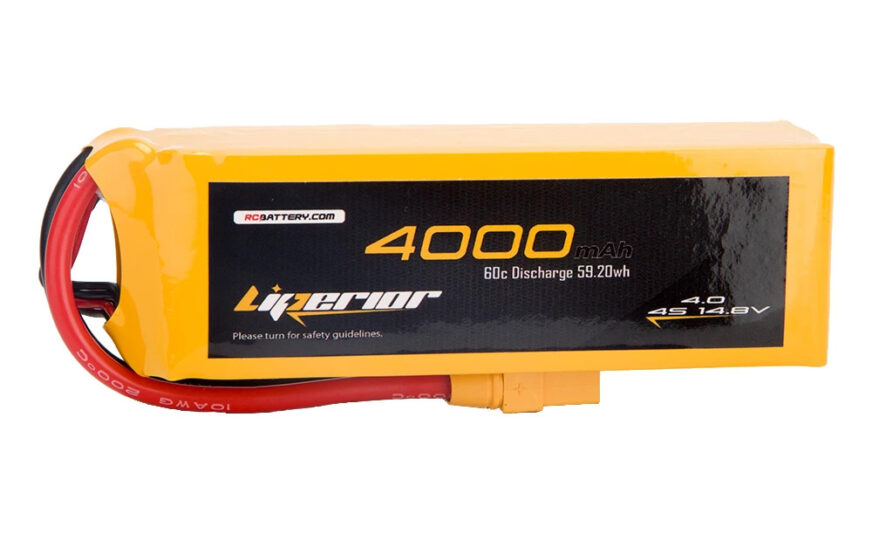Airplane batteries are the unsung heroes of aviation, powering essential systems that ensure safe and efficient flight operations. From starting engines to supporting emergency systems, these energy sources play a critical role in maintaining seamless operations both on the ground and in the air. As aviation technology advances, the complexity and importance of airplane batteries continue to grow, demanding a closer look into their mechanics, maintenance, and future innovations.
This article explores the types of airplane batteries, their functions, maintenance protocols, and the technological advancements revolutionizing their design. Whether you’re an aviation enthusiast or a professional in the field, understanding airplane batteries is essential for appreciating the intricate mechanisms that keep aircraft in the skies.
The Role of Airplane Batteries in Aviation
Airplane batteries are indispensable in modern aviation. They ensure that an aircraft’s systems remain operational even in the most challenging conditions.
Powering Essential Systems
Airplane batteries provide critical power during pre-flight operations, enabling systems like cockpit displays, navigation tools, and communication devices. They also act as a backup source during engine-off situations, ensuring that vital systems remain functional.
Starting the Engine
One of the primary functions of airplane batteries is to deliver the necessary power to start the aircraft’s engines. This task requires high energy output in a short span, making the reliability of these batteries paramount.
Emergency Operations
In emergencies, such as engine failure or power loss, airplane batteries act as a lifeline. They ensure the operation of emergency lighting, avionics, and other critical systems, enhancing safety for both passengers and crew.
Types of Airplane Batteries
Different types of batteries are used in aviation, each suited to specific requirements and conditions.
Lead-Acid Batteries
- Applications: Often used in smaller aircraft or as auxiliary power units.
- Advantages: Cost-effective and reliable.
- Disadvantages: Heavier than other options and less energy-dense.
Nickel-Cadmium (Ni-Cd) Batteries
- Applications: Common in commercial and military aircraft.
- Advantages: Durable, can handle extreme temperatures, and provide consistent performance.
- Disadvantages: Prone to memory effect and require regular maintenance to avoid overheating.
Lithium-Ion Batteries
- Applications: Increasingly used in modern aircraft due to their lightweight and high energy density.
- Advantages: Long lifespan, fast charging, and excellent energy efficiency.
- Disadvantages: Higher initial cost and stringent safety requirements to prevent thermal runaway.
Design and Technical Specifications
Understanding the design and specifications of airplane batteries helps in appreciating their functionality.
Key Components
Airplane batteries consist of electrodes (cathode and anode), electrolyte, and a durable casing. These components work together to store and release energy efficiently.
Energy Density
The energy density of a battery determines how much power it can store relative to its weight. High energy density is particularly important in aviation, where weight minimization is crucial.
Temperature Resistance
Aviation batteries are designed to function reliably across a wide range of temperatures, ensuring performance in diverse environmental conditions.
Maintenance and Safety Protocols
Proper maintenance is vital for the longevity and reliability of airplane batteries.
Regular Inspections
Routine checks are essential to identify signs of wear, corrosion, or performance degradation. This includes monitoring voltage levels, inspecting terminals, and testing capacity.
Cleaning and Storage
Keeping battery terminals clean and storing batteries in optimal conditions prevent unnecessary wear and ensure readiness for use.
Troubleshooting Common Issues
Overcharging, undercharging, or short circuits can compromise battery performance. Technicians use diagnostic tools to identify and address these issues promptly.
Safety Measures
Lithium-ion batteries, in particular, require careful handling to prevent overheating or fire risks. Proper fire suppression systems and adherence to manufacturer guidelines are essential.
Innovations and Future Trends in Aviation Batteries
The future of aviation batteries is bright, driven by technological advancements and environmental considerations.
Solid-State Batteries
These next-generation batteries promise higher energy density, improved safety, and longer lifespans compared to current technologies. Their adoption could revolutionize aviation power systems.
Recycling and Sustainability
Efforts to make batteries more eco-friendly include using sustainable materials and developing efficient recycling processes to reduce environmental impact.
Electrification of Aircraft
As the aviation industry moves toward hybrid and fully electric aircraft, batteries will play an even more significant role. These innovations aim to reduce reliance on fossil fuels and lower carbon emissions.
Conclusion
Airplane batteries are vital to the safety, efficiency, and functionality of modern aviation. From powering engines to supporting critical systems in emergencies, their role cannot be overstated. As technology evolves, so too will the capabilities of these essential components, paving the way for more sustainable and efficient flight operations.
By understanding the mechanics, maintenance, and future of airplane batteries, aviation professionals and enthusiasts can appreciate the intricate systems that keep planes in the sky.
FAQs
Q1. What is the primary function of airplane batteries?
Airplane batteries provide power for engine starts, support onboard electronics, and serve as a backup during emergencies.
Q2. Why are lithium-ion batteries gaining popularity in aviation?
Lithium-ion batteries are lightweight, have a high energy density, and offer a longer lifespan compared to traditional options, making them ideal for modern aircraft.
Q3. How often should airplane batteries be inspected?
Routine inspections should be conducted as per the manufacturer’s guidelines, typically during regular maintenance checks or after extended periods of storage.
Q4. What are the risks associated with airplane batteries?
Overcharging, short circuits, and thermal runaway in lithium-ion batteries are potential risks. Proper handling and maintenance can mitigate these issues.
Q5. How is the aviation industry addressing the environmental impact of batteries?
The industry is focusing on sustainable materials, improved recycling processes, and innovations like solid-state batteries to reduce environmental harm.





